LPL Spotlight Stories

$7.5M Effort Seeks to Prevent Lunar Traffic Jams
University of Arizona researchers are developing ways to detect, characterize and track objects in cislunar space, or the space between Earth and the moon.

It Takes a Special Kind of Planet to Make a Moon
Generally thought to be the products of celestial bodies crashing into each other, moons around terrestrial planets may play important roles in shaping the conditions for life to emerge. For sizable moons to form successfully, the circumstances must be just right, according to a study published in Nature Communications.

OSIRIS-REx Mission Team Wins 2022 Swigert Award for Space Exploration
The award recognizes the team behind the mission's successful collection of a pristine sample from an asteroid for laying "the groundwork for forging the next generation of scientists, astronomers, geologists and more."

Student-Led Initiative Will Launch Satellites as 'Ambassadors for World Peace'
A partnership that builds on the University of Arizona's extensive track record in space exploration is dedicated to promoting collaborative and sustainable space exploration and helping educate a workforce fluent in space-faring technology.

Associate Professor Ilaria Pascucci Named 2022 AAS Fellow
Dr. Ilaria Pascucci has been named a Fellow of the American Astronomical Society for her scientific contributions to the understanding
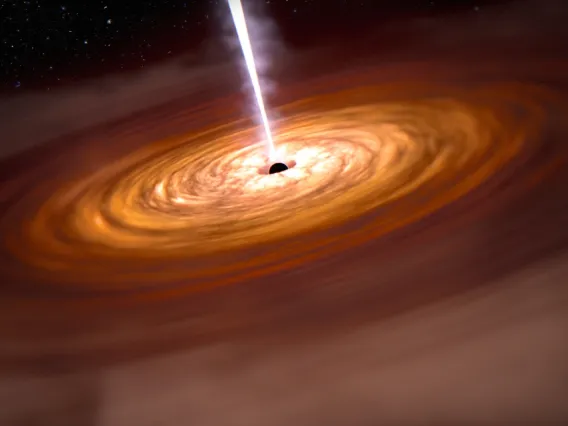
Scouting Ancient Supermassive Black Holes
A team of researchers led by University of Arizona astronomers will use NASA's James Webb Space Telescope to examine three active supermassive black holes, their host galaxies and their neighborhoods to better detail these distant objects and the conditions of the early universe.
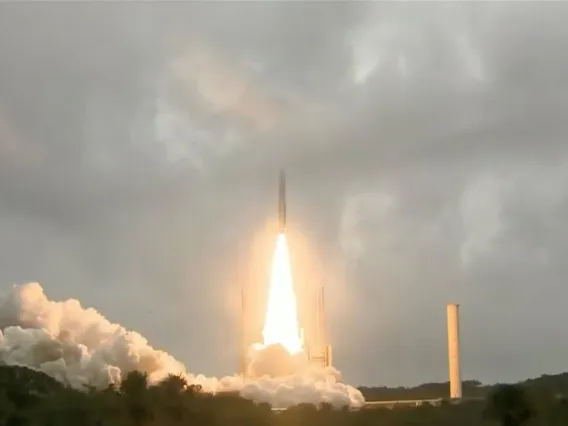
NASA's James Webb Space Telescope Successfully Begins its Journey to Space
UArizona led the design and development of the Near-Infrared Camera onboard the James Webb Space Telescope. Once Webb has successfully unfolded and parked in its outpost past the moon, the UArizona instrument will align the telescope's 18 mirror segments and serve as the Webb's primary imager for at least the next 5 1/2 years.
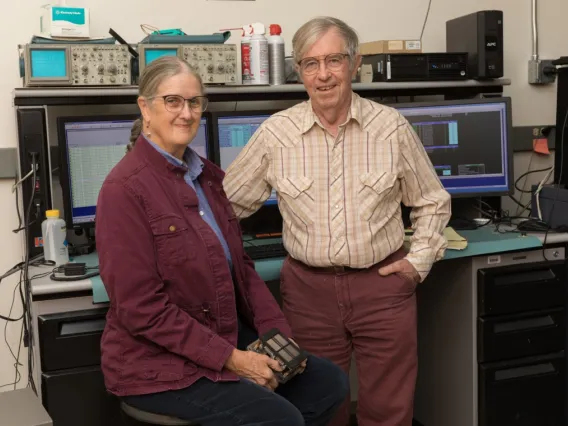
Meet the Husband-and-Wife Team that Helped Get Infrared Astronomy off the Ground
Astronomers Marcia and George Rieke helped the field of infrared astronomy flourish into a powerful discipline. They are key players in NASA's James Webb Space Telescope.
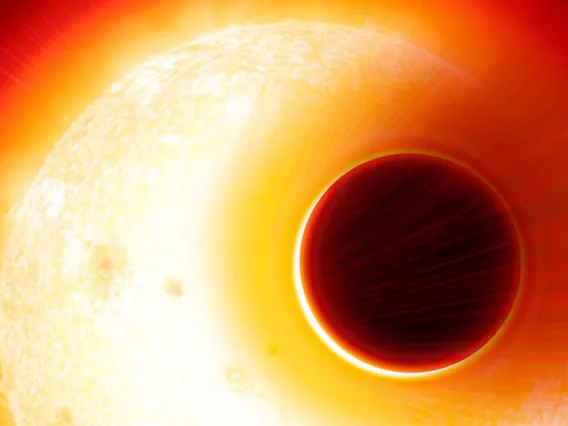
Astronomers Detect Signature of Magnetic Field on an Exoplanet
Researchers have identified the first signature of a magnetic field surrounding a planet outside of our solar system. Earth's magnetic field acts as a shield against energetic particles from the sun known as the solar wind. Magnetic fields could play similar roles on other planets.
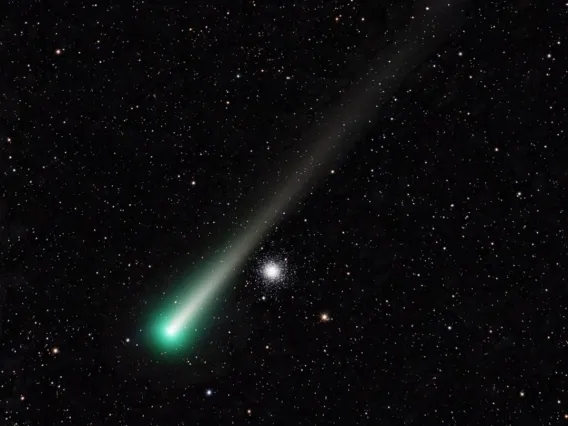
Here's How to See Comet Leonard, According to the UArizona Researcher Who Discovered It
The brightest comet of the year, named "Leonard" after the UArizona researcher who discovered it, is paying one last visit to Earth's neighborhood this month, before leaving the solar system forever.
Pagination
- First page
- …
- 9
- 10
- 11
- …
- Last page

